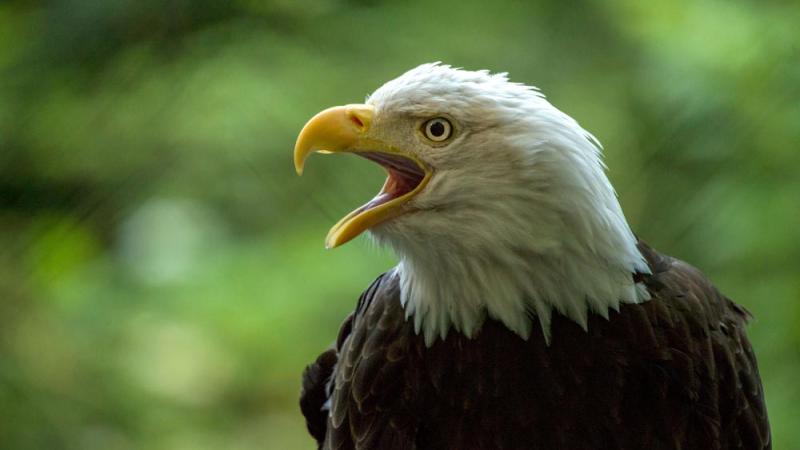Lead and wildlife

Getting lead out of the ecosystem
Lead poisoning is a serious threat to wildlife and humans. When birds and mammals eat the remains of an animal shot with lead ammunition, lead can enter their bloodstream, causing potential long-term suffering and eventually, death. Lead poisoning is a significant threat to eagle populations and is the leading cause of death for California condors.
The Oregon Zoo believes that using non-lead ammunition helps protect the health and welfare of people and wildlife.
- There is no safe level of lead, which is a toxic heavy metal. Lead has already been widely removed from paint, gasoline, toys and water pipes. Removing lead from the environment helps protect wildlife and people.
- Lead poisoning can cause long-term suffering and slow, painful deaths for animals. In high enough doses, lead paralyzes the digestive system, starving its victims to death.
- Golden eagles, bald eagles, California condors and many other species can be poisoned when they eat the remains of an animal that's been shot with lead-based ammunition.
- Lead bullets shatter on impact. The bodies of animals shot with lead ammunition often contain toxic, microscopic lead fragments far from the initial point of entry. Solid copper bullets leave a clean path with few or no fragments.
- Hunters aren't causing lead poisoning, bullets are. Anybody who uses lead-based ammunition to shoot an animal can inadvertently poison wildlife. Hunters and ranchers have a long tradition of conservation ethics and are switching to lead-free ammunition in some regions.
- The Oregon Zoo works with partners toward a better understanding of lead poisoning through research and conservation efforts.
- Lead poisoning is the single greatest threat to the recovery of wild California condors. The Oregon Zoo would like to see California condors return to the Pacific Northwest, but until the problem of lead poisoning is resolved, condors will never fully recover in the wild.

